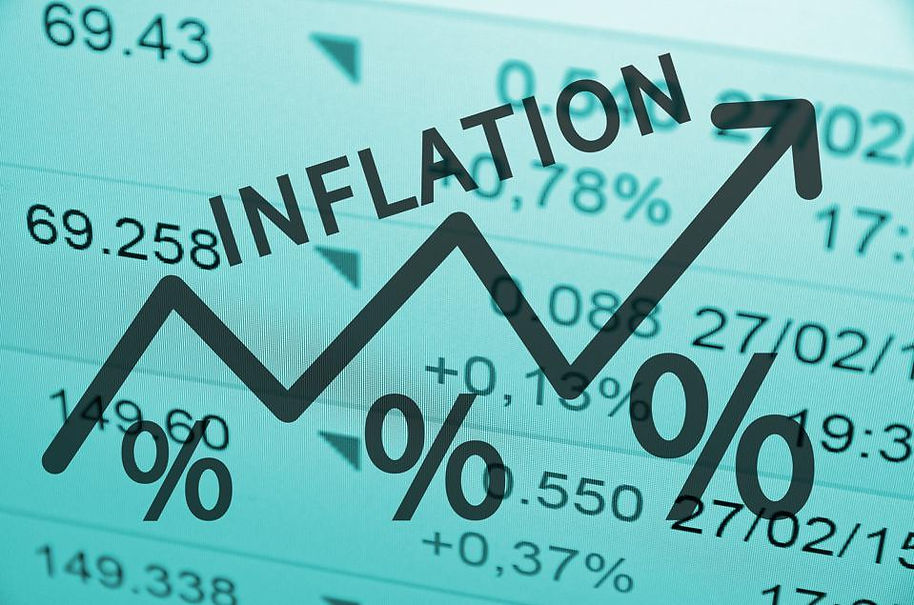Thinking Data

What is the relationship between inflation and the cost of labor?
Want to know if Inflation will affect your pay? Read more to find out.
Today, we are all struggling with the effects of inflation. Prices for everyday household necessities groceries, energy, and rent have all increased at alarming rates. Electricity has increased by 12%, used vehicle prices are up by 16.1%, and the cost of gasoline has gone up by 49.5%! Everyone is having their wallet squeezed and people want to know if their wages are going to increase in response to the growing prices of goods. I aim to answer this question.
I used the OECD “Inflation(CPI)” and the OECD “Unit labor costs” datasets to try and analyze if and what relationship there is between the two. These datasets have more than 15,000 rows of information with information on multiple countries and groups. I filtered the data to take the annual data and created functions that allowed for the input of countries.
The first step in my analysis was to extract all the data I needed. I created two functions: one for picking out the data for inflation and the other for picking out data for the cost of labor. After this, I plotted them both against time in separate graphs to see if they both followed the same trends. I then plotted them against each other in a scatter plot and created a regression line. I was able to see how close the points were to the regression line and see how well they correlated. I then got the exact correlation coefficient to make sure what I saw in the scatter plot was correct
The first two graphs are not identical but they share many similarities. They both have a record peak before and after 1976 with a large fall in the middle. The record inflation during the 1970s was caused by high inflation and unemployment rising simultaneously which is called stagflation. The drop was caused by an extreme raise in interest rates to 20%. The dip after 2008 was caused by the great recession. These events are mirrored in both of the first two graphs. The last graph is inflation being plotted against labor cost as a scatter plot with a regression line. Once again we see a strong correlation with most of the points being clustered around the line. The correlation coefficient of the inflation and labor costs is 0.88 which is quite high.
The graphs show that inflation and labor costs correlate in Canada. The correlation is 0.76 which is less than the USA's but still a high number. They both share a rapid decline following 1982 which shows when the federal bank raised interest rates after stagflation. There is also a dip following 2007 which shows the great recession. Many of the rises and falls are mirrored in the graphs for the USA as the events that caused them affected the entire world.
After this analysis, I have found that the answer to my question is yes. Using the data from OECD I plotted inflation and cost of labor against time in separate graphs and I could see a strong correlation. During major events like the great recession, covid-19, and the financial crisis of the 1970s I could see rises and falls in both graphs at the time. When I plotted them against each other and added a regression line I could see a strong correlation again and the exact correlation coefficient confirmed what I saw. I do believe that this correlation is also causation because when the cost of living rises, people need more money to make ends meet. Employers would be forced to raise wages to keep their employees.